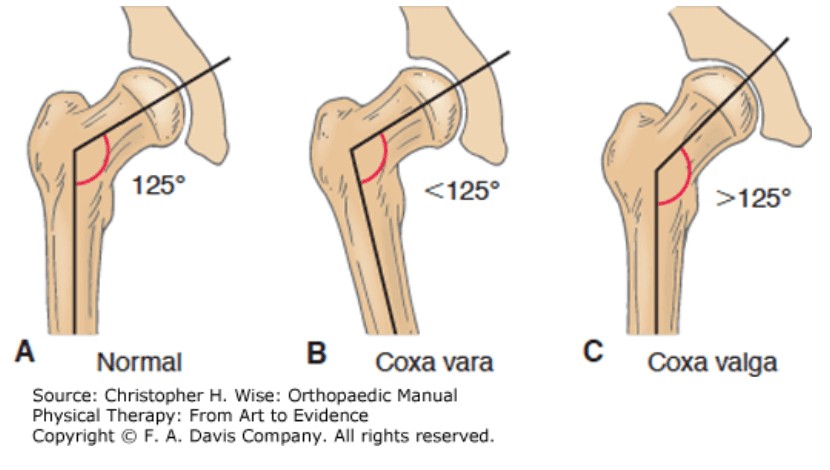Learning how to do a split is a common fitness goal, whether for improved flexibility, dance performance, or simply personal achievement. But is it possible for everyone? While some seem naturally gifted with bendiness, others struggle to touch their toes. This guide dives into the science of splits, exploring anatomical factors and providing a practical routine to help you achieve your split goals.
Is Doing the Splits Possible for Everyone?
The belief that splits are unattainable for most people is largely a misconception. Author Thomas Kurz, in his book “Stretching Scientifically,” asserts that joint structure and ligament length rarely prevent achieving a split. Consistent practice is key for most healthy adults. However, certain structural variations can influence the ease and speed of progress.
Anatomical Considerations for Splits
Coxa Vara: A Hip Structure Variation
One factor affecting split potential is Coxa Vara, a deformity where the angle between the femur’s head and neck is decreased. This reduces hip rotation, making splits more challenging. Normal hip rotation is around 125 degrees, while individuals with Coxa Vara have less. The opposite condition, Coxa Valga, allows for greater rotation and may make splits easier.
Psoas Muscles and Hip Flexibility
Tight or weak psoas muscles, major hip flexors connecting the lower spine to the femur, can also limit hip rotation. Prolonged sitting often contributes to psoas tightness, hindering the femur’s rotation within the hip socket and impacting front split progress. Addressing psoas tightness through targeted exercises and stretches is crucial.
Assessing Your Split Potential: A Simple Test
This test helps determine your readiness for split training:
- Elevated Leg: Place one leg on a chair or table at hip height.
- Hip Alignment: Ensure both hips are aligned with the raised leg.
- Repeat: Perform the same action with the other leg.
Successfully performing this “half split” indicates the potential for full splits. Remember to consult a healthcare professional if you have any hamstring injuries or concerns.
Age and Flexibility: Can You Learn Splits Later in Life?
While flexibility tends to decline with age, learning splits as an adult is still possible. Regular stretching, yoga, or Pilates can significantly improve flexibility regardless of age. Patience and consistent effort are essential for progress.
A Beginner-Friendly Split Stretching Routine
This routine targets key muscle groups for front splits: calves, hamstrings, and hip flexors. Using yoga blocks for proper form is recommended. Aim for 3-6 sessions per week.
1. Standing Calf Stretch with Bent Knee
Step forward, flexing the front foot and bending the back knee. Keep your back straight and hold for 20-30 seconds per side.
2. Goddess Stretch
Stand with feet wide, turned out, and knees bent. Press hands inside knees or elbows together, twisting the torso. Hold for 20 seconds per side.
3. Wide Leg Forward Fold
Stand with feet wide, bend forward towards your toes, and hold for 30 seconds. Use a block or hold elbows for support.
4. Pyramid Stretch
Stand with legs wide apart, turn feet and body to one side, and hinge forward, keeping your back flat. Hold for 30 seconds per side.
5. Low Lunge with Side Stretch
Step forward into a lunge, back knee on the ground. Reach the opposite arm overhead and hold for 20-30 seconds per side.
6. Half Split Hold
Kneel with one leg extended forward, flexed foot. Bend forward with a flat back and hold for 20-30 seconds per side. Using yoga blocks can aid balance.
Conclusion
Achieving a split is a journey that requires dedication and patience. While individual anatomy plays a role, consistent practice with a proper stretching routine can significantly improve flexibility and help you reach your split goals. Listen to your body, progress gradually, and celebrate your improvements along the way. Remember, consistency is key!

